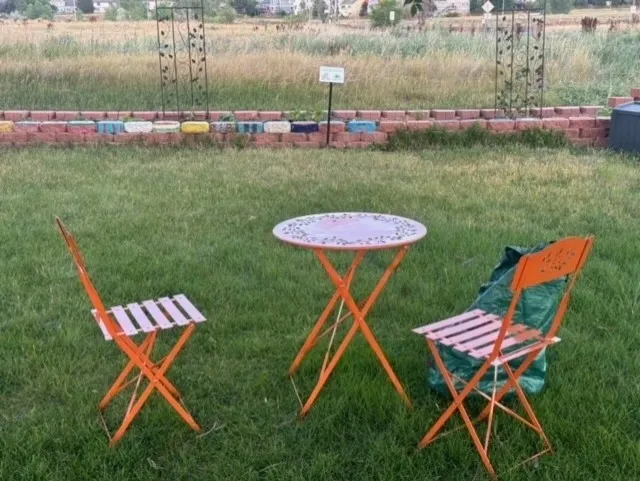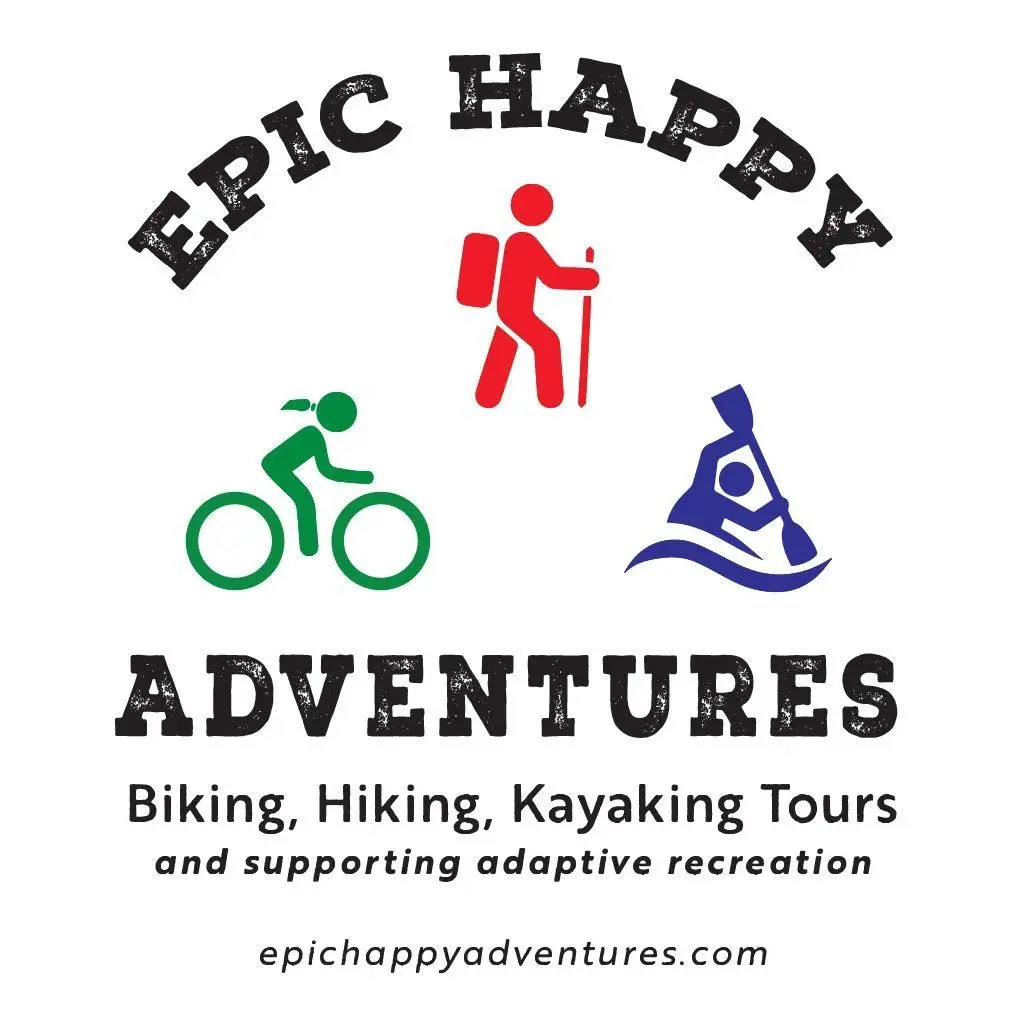
Urban Hiking: Discovering Hidden Gems in the Concrete Jungle
In an era where urban landscapes are often seen as mere backdrops to daily life, a growing trend of urban hiking is revealing that cities are not just places to live but also to explore. Urban hiking, a blend of traditional hiking with city exploration, has become a popular way for city dwellers to reconnect with their surroundings, offering both physical activity and a unique perspective on urban life.
The Rise of Urban Trails
From the bustling streets of New York to the historic paths of Paris, cities around the world are embracing urban hiking trails. These trails, often integrating public art, historical sites, and natural oases, transform the urban environment into a playground for explorers. For instance, Paris’s Sentier de Grande Randonnée, inaugurated in 2020, stretches over 320 miles, showcasing the city’s diverse landscapes from its medieval heart to modern suburbs, proving that urban hiking isn’t just about walking but about experiencing the city’s soul.
Discoveries on the Urban Trail
Urban hikers are not just walking; they’re discovering. In Pittsburgh, one of the most step-rich cities in the U.S., over 700 staircases offer not just a physical challenge but also panoramic views that rival any mountain vista. These steps, once utilitarian for steel workers, now serve as pathways to hidden parks and breathtaking city overlooks, like the view from Mount Washington over the Monongahela River.
Health and Community Benefits
The health benefits of urban hiking are substantial, mirroring those of traditional hiking. According to experts, regular urban hiking can improve cardiovascular health, mental well-being, and even community bonds. Events like Pittsburgh’s StepTrek highlight how urban hiking fosters community spirit, turning individual walks into collective adventures where locals and tourists alike share stories and routes.
A New Way to See the City
Urban hiking also challenges the narrative of what a city can be. It’s not just about skyscrapers and traffic but about greenways, like Boston’s Emerald Necklace, where Frederick Law Olmsted’s vision of public spaces as social equalizers continues to thrive. These green corridors are not only lungs for the city but also veins through which its lifeblood flows, connecting diverse neighborhoods and offering respite from urban intensity.
Conclusion: The Urban Odyssey
As urban hiking gains momentum, it’s clear that cities are not just places to pass through but to pause in. Each alley, staircase, and park bench tells a story, offering a narrative thread in the urban tapestry. For those lacing up their boots for an urban hike, the city becomes a series of discoveries, where every corner turned could reveal a mural, a hidden garden, or a view that redefines the skyline. Urban hiking isn’t just about finding new paths; it’s about seeing the familiar in a new light, proving that adventure is as close as your nearest city block.

